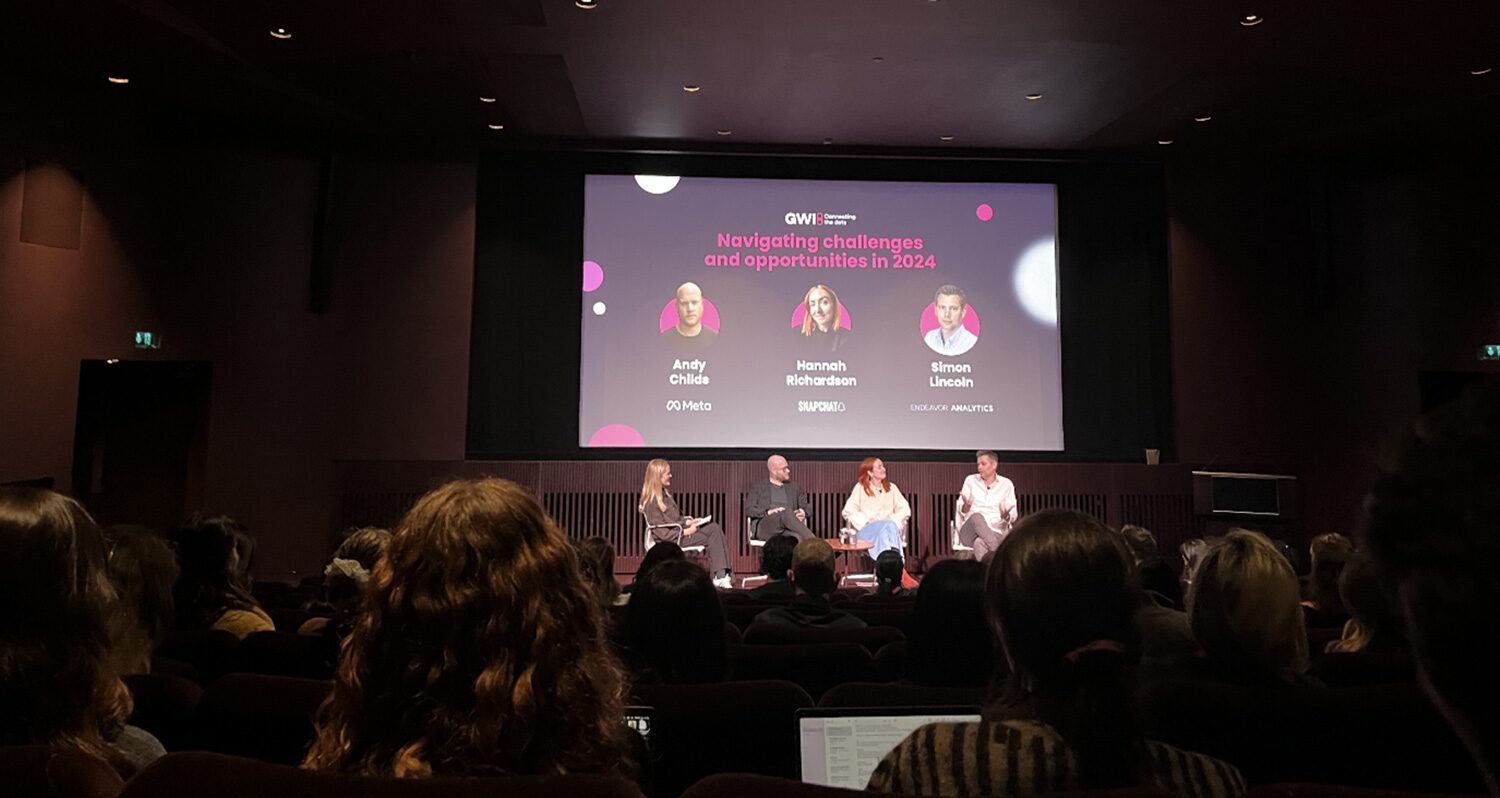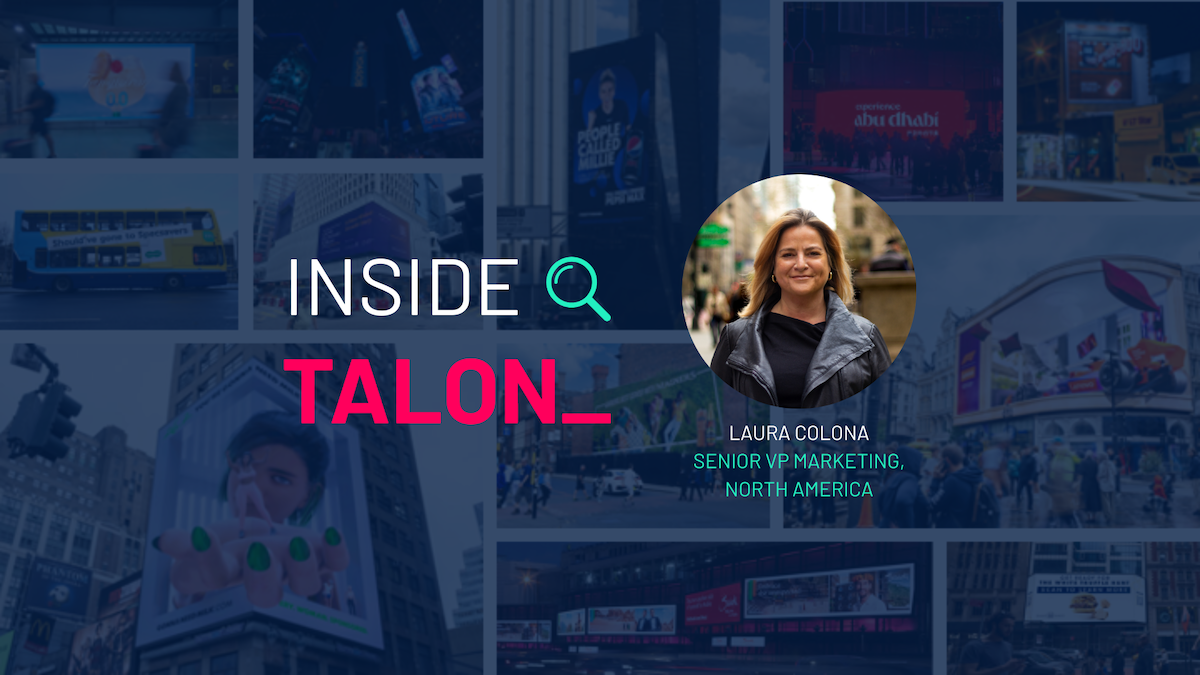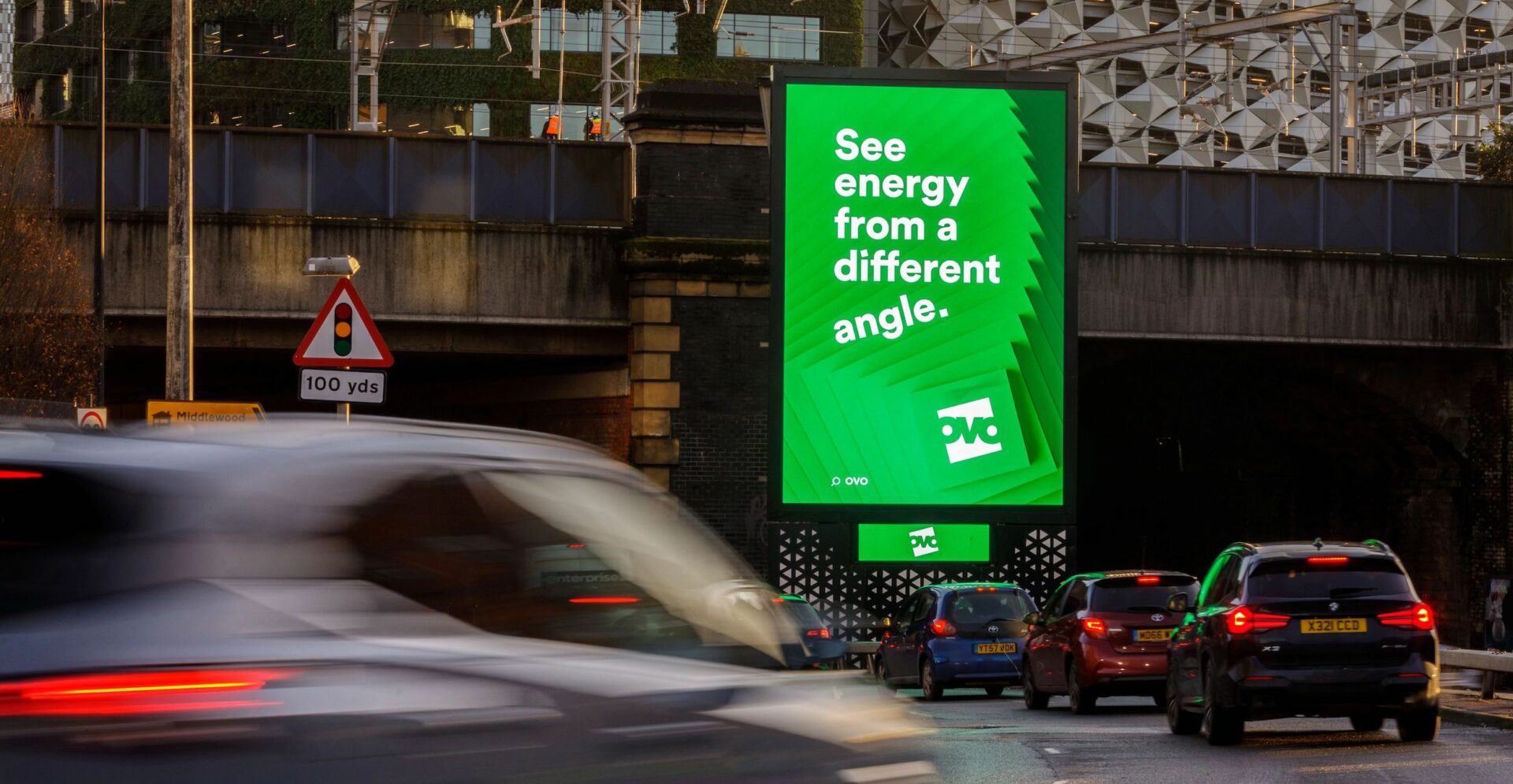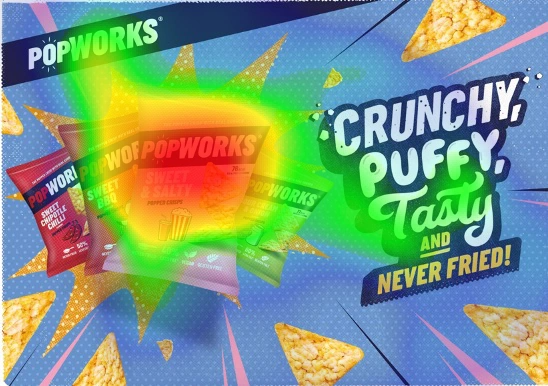How Consumer Research Can Help Brands Survive 2024: GWI Annual Conference
By Ellie Reeves, Effectiveness Executive
It’s largely unsurprising that the key trends we’re due to see for consumers in 2024 can be encapsulated by two feelings: fatigue and distrust. In the now familiar narratives of economic recession, global instability, and the rise of artificial intelligence, GWI’s annual “Connecting the Dots” conference sought to look at how advertisers and brands can utilise consumer research to maximise their performance in tough times. With panellists from Meta, Snapchat and Endeavor Analytics, adaptability and transparency weren’t just recommendations, but requirements for brands across the year.
Transparency and Communication
Growing distrust in media and news sources in a year of multiple elections, and consumer concerns around AI, will likely preface every publication and event for the rest of 2024. Consumers are increasingly scrolling past news articles and are sceptical of what they do see, driving quality and transparency as the core values that brands will have to emphasise in order to stand out. While concerns around AI are at their peak, an open dialogue with different consumer segments on their attitudes towards AI will be key to pursue opportunities in the field. As only 1 in 10 consumers feel it’s inappropriate for brands to make a statement on public policy, honestly speaking on the current climate is a demand from consumers (GWI). Light-hearted content is an important way of being there for the public, but this can’t go without substance.
Explored by Peter Field, trust has become an increasingly important factor in purchasing decisions, rising from 7th to 2nd most important driver of profit in the last ten years. It’s an area where OOH has had longstanding success – as a public medium, consumers are more confident in brand messaging, particularly in comparison to perceptions of the unregulated digital space. At Talon, we see an average +6% increase in brand trust after consumers have been exposed to an OOH campaign (Talon Benchmarks). While trust has long been considered a ‘soft’ metric, de-prioritised in favour of sales and ROI, its importance has re-emerged for consumers and the industry alike.
Diversifying Audiences
With brands looking to maximise the value of their media investment, diversifying audiences will be incredibly important. The growing fanbase of combat sports was an interesting example here, with the sport seeing a +19% y-o-y growth in young parent viewers after its employment of short-form video (GWI). Adopting new partnerships and finding different angles to reach new audiences was a key recommendation. Another example was the -29% decline in vegans in Europe since 2021, as sustainable choices are increasingly considered unattainable in the cost-of-living crisis (GWI). Plant-based brands were therefore encouraged to target nutritious-conscious audiences and alter their messaging accordingly.
The undervalued Baby Boomer audience was also toted, positioned as a segment with money, an expanding online presence, and active purchasing habits. Significantly under-represented in both the workforce and material of the advertising industry, this age group have long been sidelined. When they are featured in ads, they tend to be cast in domestic settings – largely irrelevant to the 1 in 4 Boomers who say they’re focused on their career (GWI). Smarter brands will therefore lean into the purchasing power of this audience by ensuring inclusion and representation in their strategy.
Though high reach has historically been a key advantage of OOH, audience-first planning means it’s not just a broadcast channel anymore. Cutting audiences by age and gender is a largely irrelevant strategy, where behavioural and attitudinal trends are much more reliable to establish and target audiences. Activating programmatically with Atlas means our clients saw an average +45% uplift in on-target audience impressions in 2023, with +15% stronger levels of brand relevance felt (Atlas Benchmarks; Talon Benchmarks). Combining high reach and high relevance is a key strength of OOH, particularly as the post-cookie landscape struggles.
Go Back to What Works
2024 has already been a huge year for traditional broadcasting; the finale of Traitors received close to 7 million views when aired, and Luke Littler’s appearance in the darts’ World Championship Final was Sky Sports’ most watched non-football event in history. While ad revenue for TV has consistently declined over recent years, January did reiterate the channel’s power – particularly as the digital landscape is being re-shaped. With investment pouring into digital, serving to increase clutter and decrease cut-through, traditional advertising channels are receiving more engagement. From the IPA Databank, we can see that adding OOH to linear TV increases the latter’s effectiveness by +17%, and as both engagement with and trust for traditional channels grow, combined activations are a key strategy for brands.
The end of third-party cookies (though not explicitly mentioned) underlay these discussions – and no doubt spoke to the renewed importance of consumer surveying for brands. Snapchat’s Hannah Richardson noted that advertisers have historically been leaning into what was easily measured, rather than what should be measured, and changes in privacy regulations are a fortunate shift for advertisers to reconsider their approach. Falling back on traditional measurement frameworks like MMM and measures of incrementality will be how brands move forwards. ‘Test and learn’ seemed to be the motto for brands in 2024, calling for focus on what wouldn’t have happened without media investment.
Moving Forwards
Emerging from the panel was the importance of consumer centricity when fighting for both share of attention and share of wallet. Communicating with consumers and aggregating consensual data will be more important than ever by the end of the year, and using these insights to test and measure media strategies will be the new normal post-cookie. With more sources than ever before, data is proving to be the guiding light for brands – though instinct and creativity can’t be forgotten.
As a passively consumed channel that the general public largely opt into engaging with, OOH offers a unique space in contrast to the oversaturated digital market. Creative employment of the medium, with contextually relevant messaging and audience-led planning, are key strategies to effectively and positively cut through. While OOH has proved it’s about more than just driving brand fame, it’s still a key strength. And as marketers are encouraged to go back to what works – and what can prove it works – 2024 looks to be a good year for OOH.
We recommend reading our 2024 OOH Trends & Predictions blog next!




